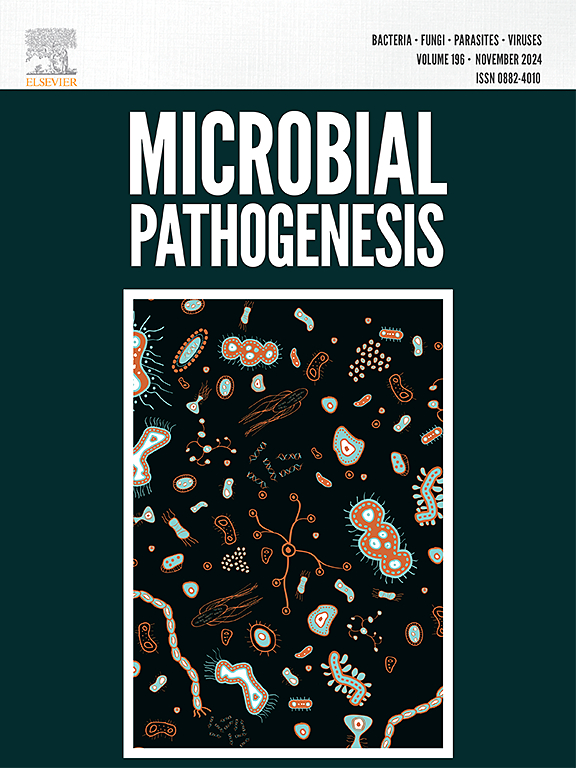Vulvovaginal candidiasis-an overview of current trends and the latest treatment strategies
IF 3.3
3区 医学
Q3 IMMUNOLOGY
引用次数: 0
Abstract
Vulvovaginal candidiasis (VVC) is becoming more common, mostly affecting hospitalized and immunocompromised people. Candida albicans, among other species, is a significant causal agent, accounting for 90 % of infections. VVC, which affects up to 75 % of women, causes physical and psychological problems, with Candida albicans being associated in 85–95 % of cases(Dantas-Medeiros et al., 2023, Tomas et al., 2021, Dantas-Medeiros et al., 2021). Its physical symptoms include genital discomfort, decreased sexual pleasure, and psychological suffering. According to comparative research, pregnant women had a greater VVC prevalence, which can be ascribed to hormonal changes, poor hygiene, and diabetes. Antifungal medicines, which are widely used for therapy, have resulted in resistance issues, demanding a rethinking of therapeutic techniques. There are still diagnostic hurdles, with symptoms overlapping with other illnesses necessitating rigorous examination and laboratory tests. Recurrent Vulvovaginal Candidiasis (RVVC) affects 138 million women each year, causing morbidity and lowering quality of life. Financial constraints highlight the importance of novel, well-tolerated medicines. Resistance to antifungal drugs, notably azoles, complicates therapy. Probiotics, which focus on vaginal microbiome balance, appear as viable preventative strategies. From menarche to menopause, hormonal changes increase susceptibility to VVC, with estrogen playing a critical role. The growing resistance and limited antifungal alternatives, translating research in to clinical practice is critical. Current care is based on antifungals, but problems continue, necessitating the investigation of new drugs. Oteseconazole and ibrexafungerp show promise and have the potential to change RVVC therapy. While useful, probiotics generally supplement standard antifungal methods. In conclusion, tackling the growing difficulties of VVC necessitates ongoing research, novel therapeutics, and possible vaccine development in order to reduce the significant worldwide burden presented by this common fungal illness.
求助全文
约1分钟内获得全文
求助全文
来源期刊

Microbial pathogenesis
医学-免疫学
CiteScore
7.40
自引率
2.60%
发文量
472
审稿时长
56 days
期刊介绍:
Microbial Pathogenesis publishes original contributions and reviews about the molecular and cellular mechanisms of infectious diseases. It covers microbiology, host-pathogen interaction and immunology related to infectious agents, including bacteria, fungi, viruses and protozoa. It also accepts papers in the field of clinical microbiology, with the exception of case reports.
Research Areas Include:
-Pathogenesis
-Virulence factors
-Host susceptibility or resistance
-Immune mechanisms
-Identification, cloning and sequencing of relevant genes
-Genetic studies
-Viruses, prokaryotic organisms and protozoa
-Microbiota
-Systems biology related to infectious diseases
-Targets for vaccine design (pre-clinical studies)
 求助内容:
求助内容: 应助结果提醒方式:
应助结果提醒方式:


